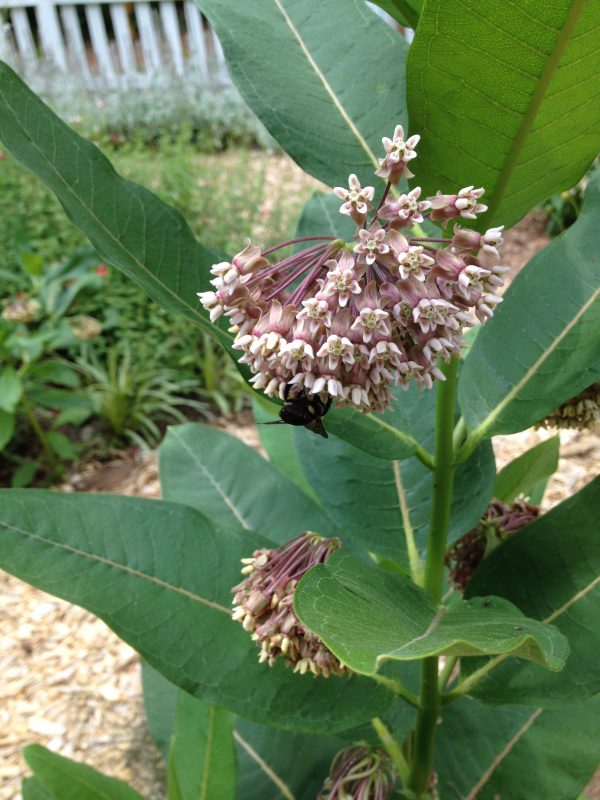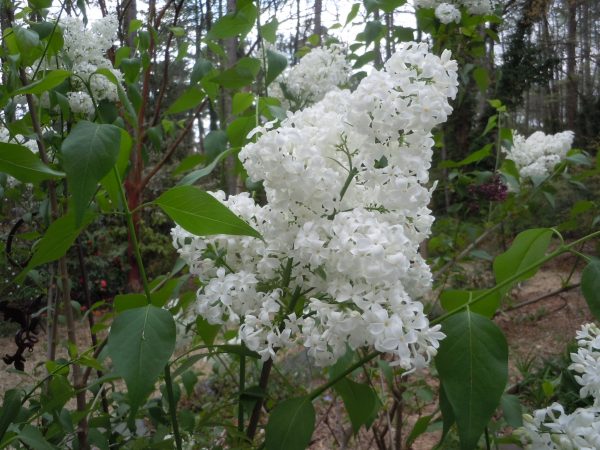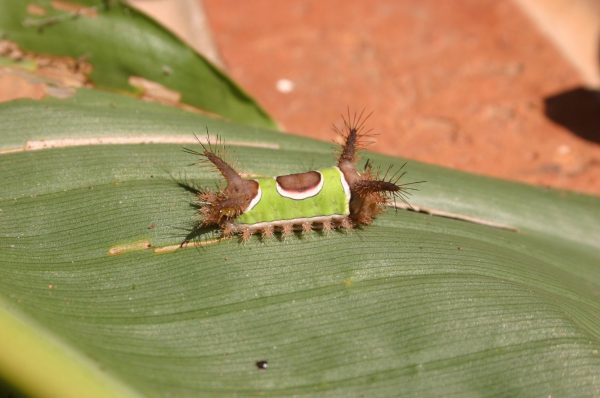Ant, Argentine – Control
Q: For six months I have been having Argentine ant problems in the kitchen. I have gone through two exterminator firms to no avail. Could you PLEASE tell me what to do? They seem to be active again with the warm weather. This is truly getting ridiculous!
A: Dozens of different species of ants live in landscapes and homes in Georgia, from the feared imported fire ant to the relatively benign carpenter ant. They differ in appearance, habitat and preferred food source but are all difficult to control quickly.
The first step is to identify your ants. You may well have Argentine ants – but how do you know they aren’t pavement ants, honey ants, pharaoh ants or crazy ants? All are controlled with slightly different methods, but which one is best for your situation?
Start by identifying their entrance. Put a spoonful of honey on an index card and place it where the ants are seen. Within a day they will discover the food and will recruit other ants to carry the sweet stuff back to their colony. Follow the trail to the opening where they enter the room. Do NOT spray the area with insecticide. This will only cause the ants to move to another entry point – and you won’t kill many ants. Instead, puff boric acid liberally into the hole then caulk it shut. If they are crawling in under a door or window or along a pipe, use a disposable paint brush to paint liquid insecticide on the entryway. Use a soapy cloth to wipe away the scent trail that the ants leave when traveling. Examine your kitchen and pantry to make sure no food for ants is available. Remember, sprays are ineffective and may expose your family to risk.
Eventually, the ants will find a different route to invade your home. You can try caulking them out once again or begin a regular baiting program on your own. Commercial bait products like Maxforce, Combat, Terro and others are slow-acting but they are the surest way to kill a colony of ants. Place the bait stations wherever ants are seen. Check the bait containers monthly and replace those that are empty. Baits are the least risk and most effective ant control.
You can also try applying a perimeter spray two feet high up your home foundation and on the soil two feet away from it. Look for products that contain bifenthrin, esfenvalerate, deltamethrin or permethrin. Remember, ants have survived and multiplied for thousands of years. Though they may be irritating, they serve a purpose in the higher plan of nature. If you need more information, Ohio State has excellent descriptions of many different ants.
Auburn University addresses Argentine ants in particular.














